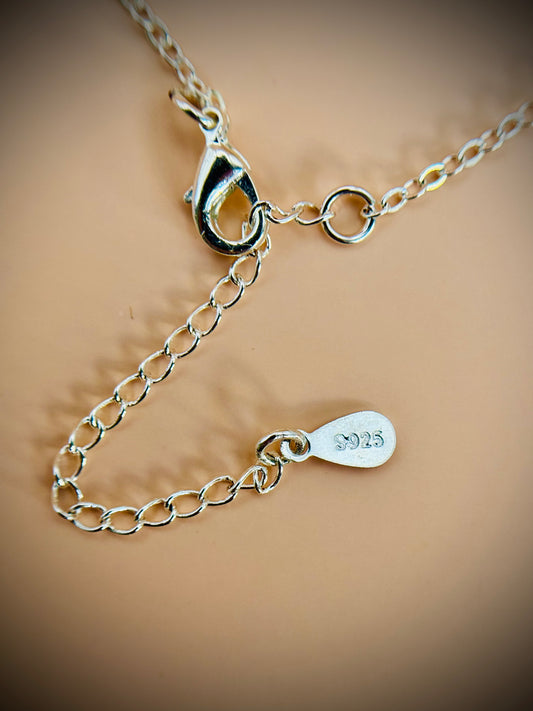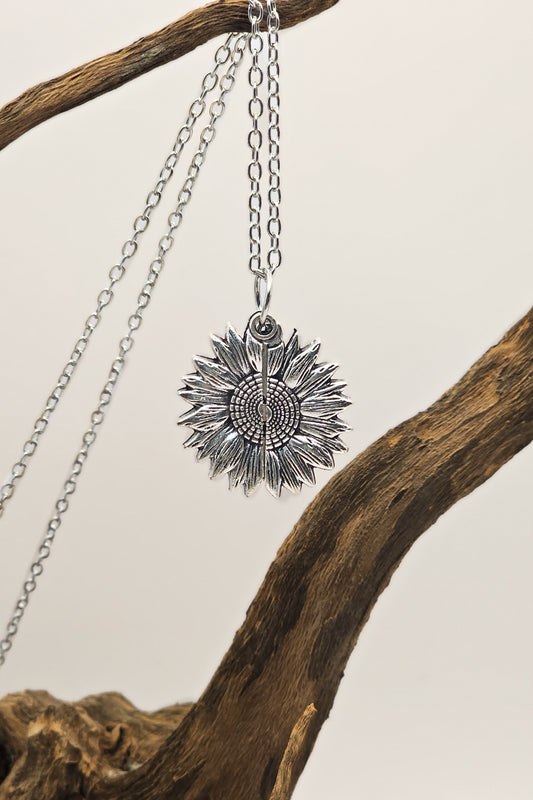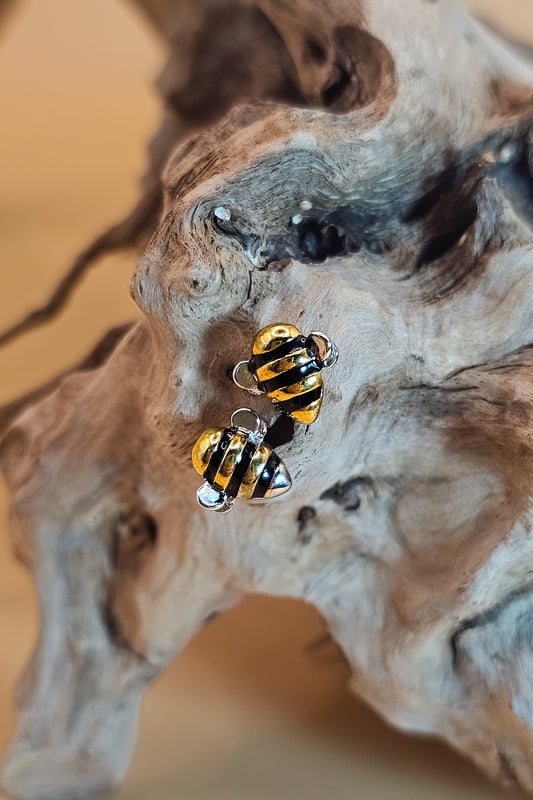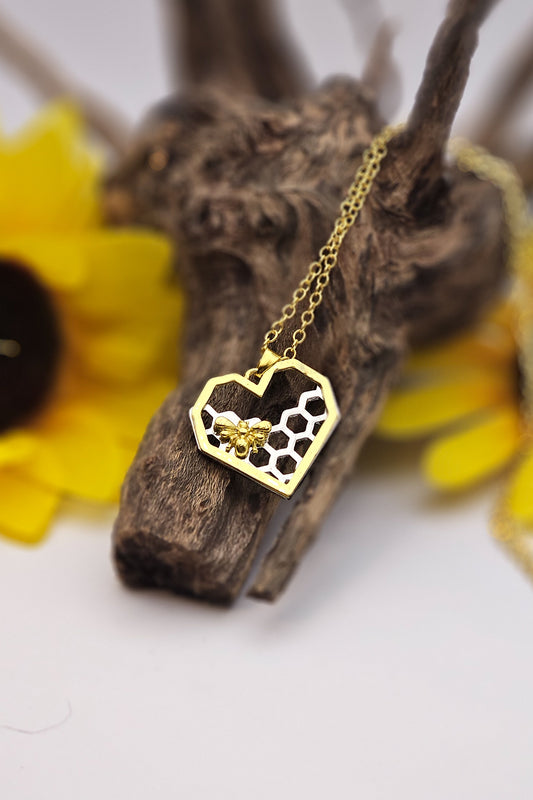Whether you have 1 colony or 100, preparing your bees for the winter can mean the difference between a thriving apiary in spring or heartbreak when you find your little bees didn’t survive.
There are many factors to consider, not just which hemisphere you live in, but how severe your local winters usually are. A beehive in south Florida needs next to no winterization preparation compared to hives in Alaska.
So, depending on location, September is when bee colonies should be prepared for winter although where it is milder, November is time enough.
Here are some commonsense suggestions if you need to do a substantial amount of winterizing.
Feed Your Bees with Syrup in Autumn
Make sure your bees are well fed in autumn, in preparation for leaner times ahead. Once you notice that flowers are dying off, give them additional food so they don’t eat their honey too soon.
Make Sure Your Bees Have Enough Food to Survive
It is important to leave enough honey in the hive for your bees to be sustained through the darkest and coldest days. When you harvest honey, leave a generous amount for them or they may not live long enough to make fresh honey.
Some beekeepers leave one or more honey supers on the hive over the winter to avert starvation. Prepare well in advance to be able to make fondant, grease patties, and other bee treats.
We never know how long the cold weather will last, or how brutal it will be. External feeders freeze up in winter usually, so they are of little value to bees. Most colonies that die of starvation do so in late winter or early spring.
Exchange Screened Bottom Boards for Solid Bottom Boards
A USDA study that compared both bottom boards found that where there were screened bottom boards in cold climates, bee populations dropped by 20%.
This unrelated 4:16-minute video by Bee Built gives additional overwintering tips:
Cover or Wrap Your Hive and Prep the Area
Tar paper or cardboard are good materials for wrapping hives to prevent drafts, and to maintain a warm temperature. Wrap the hive on all 3 sides but exclude the side where the entrance is. If you can place straw bales or other ‘wall’ type blocks around your hive, it will go a long way to protecting the bees from wind and keep snow drifts from forming.
Ventilation Reduces Condensation
Ventilation is one of the most important things to get right for the winter, so your bees do not suffocate. Condensation is the biggest winter killer, so reduce condensation by inserting cedar chips, Styrofoam, or making a vent hole. If snow falls block the hive entrance hole, it can cut off air circulation. Some beekeepers drill a half inch hole in the center of the side of the top box. This gives bees extra ventilation and a way to enter and exit the hive from the top.
Use An Entrance Reducer at The Narrowest Opening
You want to keep wind, water, and the cold out of the hive as much as possible. There will be less comings and goings by bees once the cool weather moves in. Brush away any snow that blocks the beehive entrance, and any dead bees that may be blocking it. It is also important to protect the entrance from mice and other small rodents.
Control Varroa Mites
Check for ways to limit and treat Varroa mites so there is no infestation during the time the bees are somewhat stuck at home for months on end. Preferably try some natural treatments, like wintergreen oil, powdered sugar dusting, cedar chips, and other ideas you find on the internet or at the library.
Check Your Bees at the Right Time
It is better not to check your bees constantly. Set them up well, then leave them to it. However, by the time late winter arrives, pick a nice day when the weather is mild and there is no wind, and take a quick look inside to see what is going on. Have some food ready in case they need it.
If you live in an extremely cold climate and follow most of these steps, the odds are pretty good that your bees will survive the winter, but there are many variables and there is never a guarantee.








